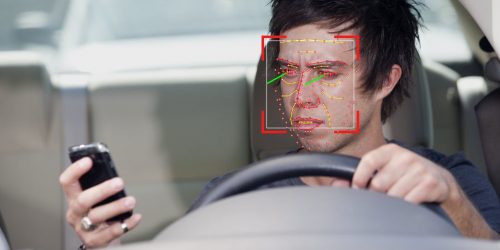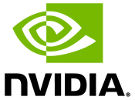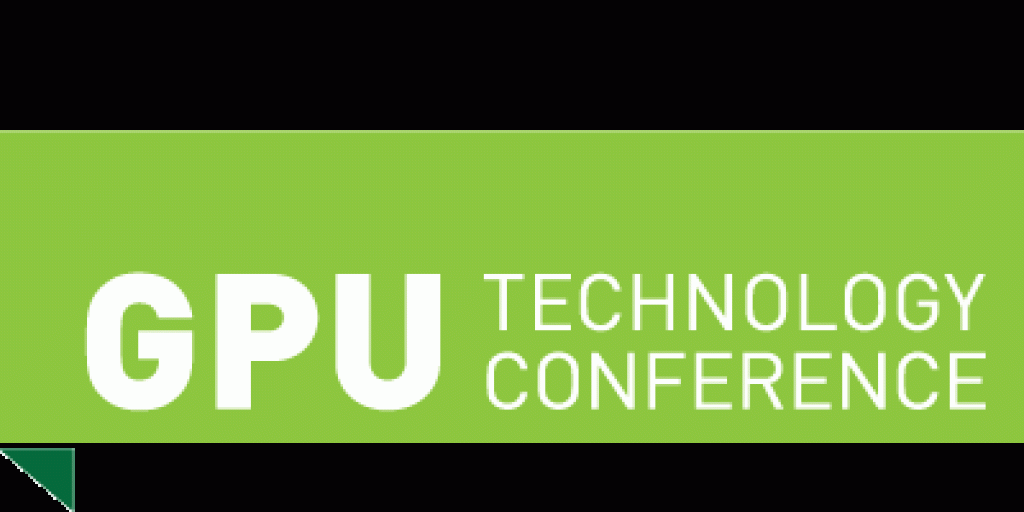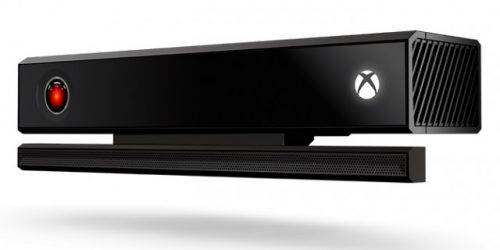Practical Computer Vision Enables Digital Signage with Audience Perception
This article was originally published at Information Display Magazine. It is reprinted here with the permission of the Society of Information Display. Signs that see and understand the actions and characteristics of individuals in front of them can deliver numerous benefits to advertisers and viewers alike. Such capabilities were once only practical in research labs […]
Practical Computer Vision Enables Digital Signage with Audience Perception Read More +







